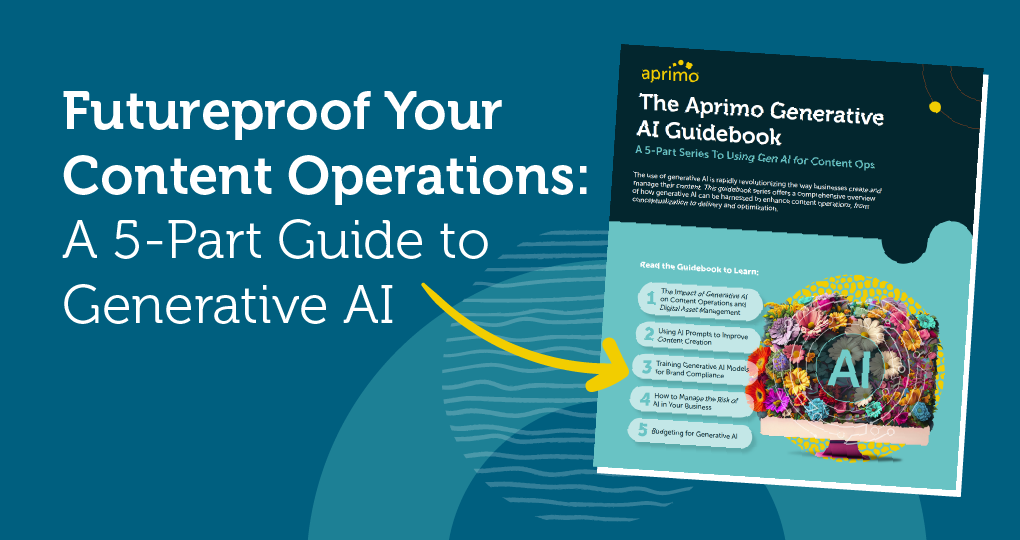Building a Winning Content Marketing Strategy

In today’s digital world, content is king. Your audience ? including current and prospective customers ? wants unique, high-value content to keep them engaged. But what exactly is content, and how can you utilize it to create a successful marketing strategy?
Consider this post your quick guide to building a valuable content marketing strategy. Whether you’re a new business owner or a creative professional, the right strategy will help you harness the power of digital content and boost your marketing efforts.

Understanding Content Marketing Strategies
First, what is content marketing? Content is broadly defined as the substance of a marketing campaign ? it can include written content, photos, videos, art, posters, billboards, and more. When discussing content marketing, most people are referring to digital content.
The ultimate goal of content marketing is to grow your business. However, a successful content marketing strategy has several benefits that lead to growth, including increased website traffic, increased brand awareness, more leads, an educated audience, and increased credibility.
It might sound simple, but the key to successful content marketing is a detailed, well-defined strategy. Your content marketing strategy is like a roadmap. It should include multiple steps and milestones, all while accounting for your budget and unique growth goals. Without a strategy, businesses can waste their marketing budget on poorly planned or irrelevant efforts.
The importance of a smart content marketing strategy can’t be understated. Below, we’ll cover a few tips to help you create and launch a strategy that fits your business’s goals.
Defining Your Target Audience
One of the most important factors in a successful marketing strategy is niche content. That means your content shouldn’t be generic ? it should be relevant to your target audience.
The first step in creating your marketing strategy is clearly defining and understanding your audience. This will determine the type of content you should focus on and the messaging in that content. For example, if your brand’s target audience is young and social media-savvy, you might want to invest in influencer marketing. If your target audience is parents, you might be more focused on wholesome, educational content.
A helpful factor in defining your target audience is understanding demographics and psychographics. Demographics are statistical data points that define a population by age, gender, marital status, income, etc. Psychographics categorize people by their interests, activities, and opinions.
Market research can help you get to know your target audience. That might include surveys or product tests. You can also use buyer personas, or examples of people in your target audience, to guide your content creation strategy.


Setting Clear Objectives and Goals
According to Forbes, a lack of clear objectives is one of the most common reasons marketing campaigns fail. When shaping your content marketing strategy, it’s important to set realistic, achievable goals.
The acronym SMART helps marketers set goals for their content marketing strategies. SMART stands for:
-
Specific: Your goals should be clearly defined.
-
Measurable: Consider ways to track your progress as you reach each milestone.
-
Actionable: Your goals should create an overall positive change for your business.
-
Relevant: Make sure every objective aligns with your overall marketing strategy.
-
Time-bound: Create realistic timelines for each objective.
For example, ?increasing revenue? might be the overall goal of your campaign, but it isn’t necessarily specific or measurable. ?Increasing website traffic with SEO guest posts? is a much clearer objective that can eventually contribute to revenue growth.
Use key performance indicators (KPIs) to track your progress as you launch your content marketing strategy. Examples of common marketing KPIs include website traffic, social media traffic, conversion rate, and click-through rates.
Content Creation and Curation
Once you?ve defined your target audience and outlined your goals, it’s time to launch into content creation. Your focus should be on high-quality content that’s relevant to your target audience. In other words, your content ? regardless of format ? must be engaging, original, and free of errors.
It’s important to create content across multiple formats. That might include:
-
Written content such as articles and blog posts
-
Video content
-
Social media content
-
Visual content that drives emotional engagement
Whether you’re creating content in-house or working with independent contractors, make sure all content aligns with your brand’s messaging and strategies. Digital asset management systems can help streamline the content creation process and facilitate oversight.
Additionally, remember to keep your content authoritative. Use professional, verified sources for any educational content, and take on the role of an expert in your industry. This will help your audience establish trust in your brand.


Distribution Channels and Promotion
Just like you want to create multiple forms of content, you’ll want to distribute that content across multiple channels. Effective content distribution channels include:
-
Your website
-
Social media
-
Relevant industry journals and blogs
-
Sponsored ads
-
Podcasts
-
Emails
The best distribution channels for your content depend on your strategy and target audience. For example, a successful business-to-business content marketing strategy might focus on LinkedIn posts and email marketing. A trendy clothing brand might benefit more from posting on Instagram and TikTok.
Some content distribution methods are free, while others cost money. Paid ads can be a great asset to your marketing strategy as long as they’re carefully planned. When investing in paid ads, be sure to use your budget strategically and focus on the channels that will reach your target audience most effectively.
Measuring and Analyzing Results
Your content marketing strategy doesn’t end with content distribution. It’s an ongoing process ? after launching your initial strategy, you have to track your progress and reassess your objectives.
Be sure to use data-driven metrics to measure your success. You may need to adjust timelines or change distribution channels if something isn’t working. Leverage the marketing KPIs discussed above, as well as other engagement metrics. Those metrics might include:
-
Page views
-
Engagement on social media posts
-
Bounce rate
-
Time spent on each website page
There is no foolproof content marketing strategy template that will work for everyone. Every business is unique, and reaching your audience without overburdening your budget isn’t always easy. Remember that your content marketing strategy should be fluid ? don’t hesitate to make changes to optimize your strategy over time.





